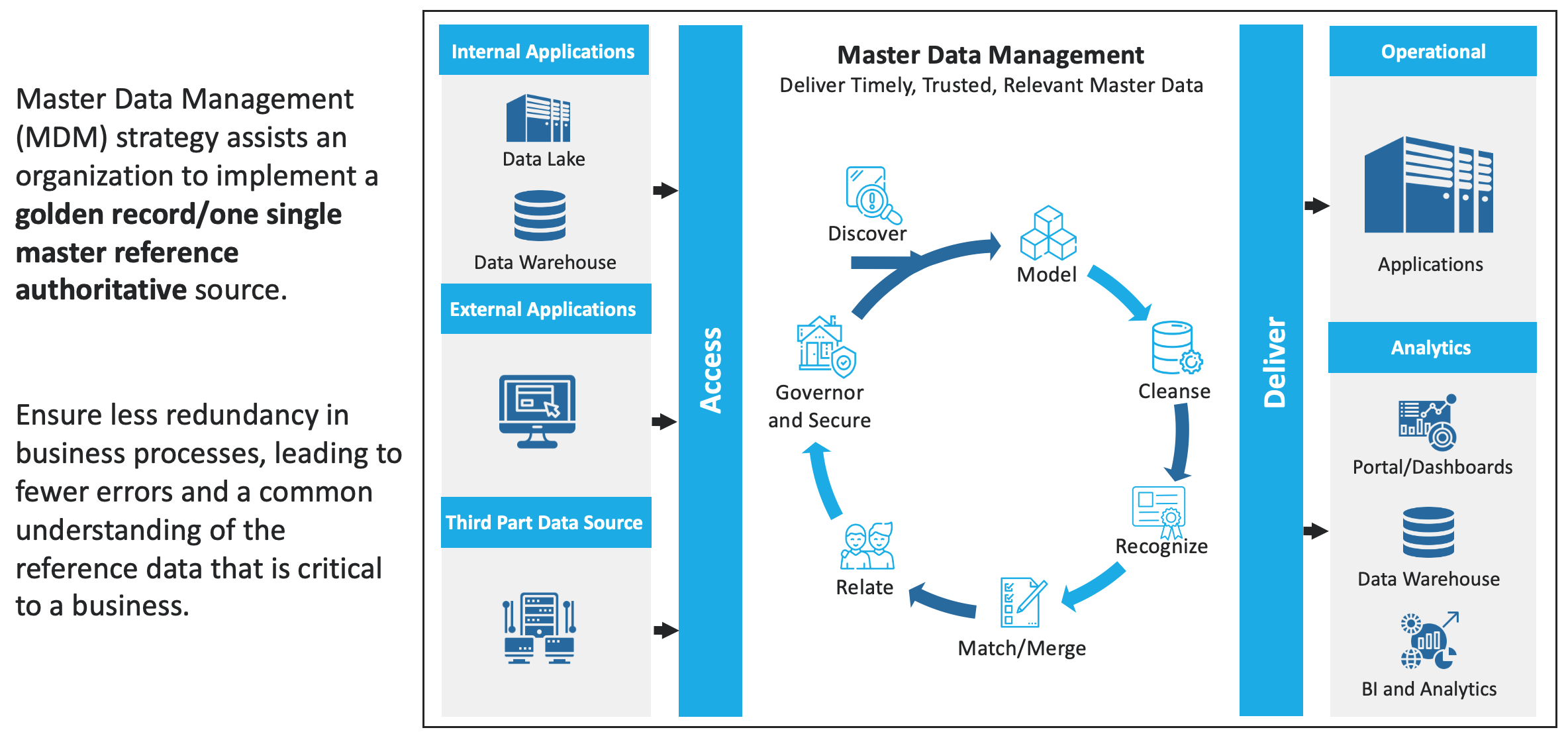Introduction
In the digital age, data is the lifeblood of organizations. Managing and harnessing this data efficiently is crucial for business success. Database development plays a pivotal role in creating organized and accessible data repositories. This article explores the world of database development, its significance, different types, the development process, and the challenges it presents.
Understanding Database Development
Database development is the systematic process of designing, creating, and maintaining a structured data storage system. It involves defining data structures, rules, and relationships, which enable efficient data retrieval and management.
Importance of Databases
Databases are the backbone of applications and information systems. They store, organize, and retrieve data, making it accessible for decision-making, reporting, and analysis. A well-designed database enhances data integrity, consistency, and security.
Types of Databases
Databases come in various types, each suited for specific use cases. These include relational databases for structured data, document databases for semi-structured or unstructured data, and graph databases for complex relationships.
The Database Development Process
The database development process involves several key stages. It starts with requirements analysis, followed by designing the schema and creating the database structure. Data population and optimization ensure data is accurately and efficiently stored.
Database Models
There are different database models such as the relational model, which uses tables to store data, and the object-oriented model, where data is represented as objects. Each model has its strengths and weaknesses, making them suitable for specific applications.
Data Normalization
Data normalization is a critical step to ensure data consistency and eliminate redundancy. It involves breaking data into smaller, related tables, reducing data anomalies.
SQL and Database Management Systems
Structured Query Language (SQL) is used to communicate with relational databases. Various Database Management Systems (DBMS), like MySQL, Oracle, and SQL Server, manage and maintain these databases.
NoSQL Databases
NoSQL databases are non-relational databases designed to handle unstructured and semi-structured data. They are known for their flexibility and scalability, making them ideal for modern applications.
Challenges in Database Development
Developers face various challenges in database development, such as data migration, performance optimization, and ensuring data security. Adapting to changing business requirements is also a constant challenge.
Security in Database Development
Data security is paramount. Developers must implement robust security measures, including encryption, access control, and regular audits, to protect sensitive information.
Future Trends in Database Development
As technology advances, so does database development. The future holds exciting possibilities, including AI-driven databases, blockchain integration, and enhanced data analytics.
Conclusion
Database development is the unsung hero of the digital world, silently ensuring that data is organized, accessible, and secure. From traditional relational databases to cutting-edge NoSQL solutions, the evolution of data management continues to shape our digital landscape.
FAQs
- What is the role of a Database Management System (DBMS) in database development?
- A DBMS is software that provides an interface for interacting with databases, managing data, and ensuring data security.
- Why is data normalization important in database development?
- Data normalization eliminates data redundancy and ensures data consistency, improving database efficiency.
- What are the key differences between relational and NoSQL databases?
- Relational databases use structured tables, while NoSQL databases are more flexible and suitable for unstructured data.
- How does database development contribute to data security?
- Database development includes implementing security features like encryption and access control to protect data from unauthorized access.
- What are the emerging trends in database development for the future?
- Future trends include AI-driven databases, blockchain integration, and advanced data analytics capabilities.













